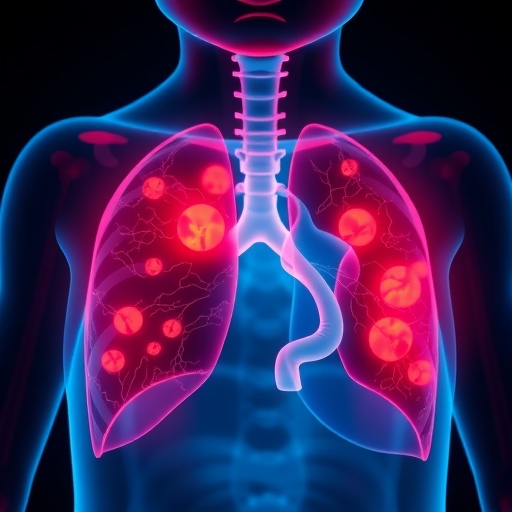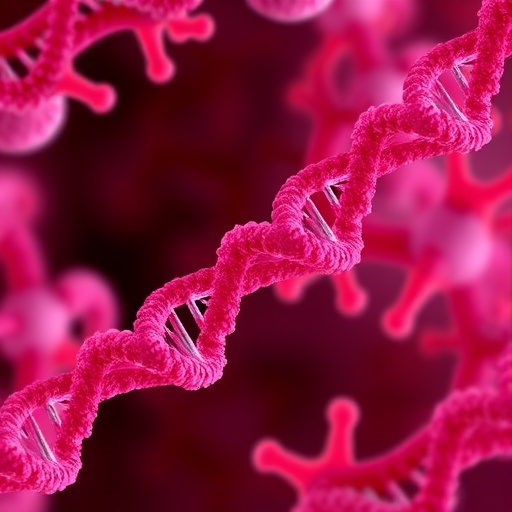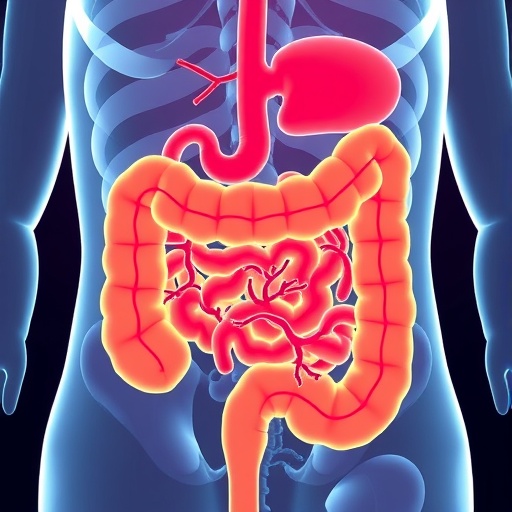In the field of pediatric healthcare, understanding and diagnosing congenital chest lesions has emerged as a critical area of focus for researchers and medical professionals alike. The complexities of these conditions often pose significant challenges for diagnosis and treatment. A recent paper by Boggs and Kucera, titled “Alphabet soup: a systematic approach to understanding congenital chest lesions,” provides a comprehensive framework that promises to enhance our understanding of these congenital anomalies. Through a systematic approach, the authors delve into the various types of congenital chest lesions, offering clarity amidst the complications often associated with these conditions.
Congenital chest lesions can manifest in a variety of forms, leading to confusion among healthcare providers, parents, and patients. This confusion is often likened to an “alphabet soup,” where the myriad of acronyms and terminologies can overwhelm those who attempt to navigate this complex landscape. In their work, Boggs and Kucera aim to demystify the various types of chest lesions, organizing them into a cohesive system that enhances understanding and facilitates better communication across medical disciplines.
Pediatric radiologists play a crucial role in the detection and management of congenital chest lesions. Accurate imaging techniques are pivotal for identifying and characterizing these anomalies. The authors underscore the importance of advanced imaging modalities, such as computed tomography and magnetic resonance imaging, which have revolutionized our ability to visualize and diagnose these congenital conditions. By employing these tools, radiologists can assess chest lesions with unprecedented precision, laying the groundwork for effective treatment planning.
The systematic approach proposed by the authors categorizes congenital chest lesions into several distinct groups based on their anatomical and developmental characteristics. This classification system empowers healthcare professionals to better identify and manage these lesions, ultimately leading to improved patient outcomes. By breaking down the complexities of congenital anomalies into readily understandable categories, the authors provide a framework that is both functional and accessible.
Moreover, the implications of this research extend beyond diagnostics; they also touch on the need for standardized protocols in the management of congenital chest lesions. As these anomalies can vary significantly in presentation and severity, a clear set of guidelines can aid clinicians in tailoring treatment plans that address the individual needs of each patient. The authors advocate for a collaborative approach among specialists, including pediatric surgeons and radiologists, to ensure that all facets of patient care are considered.
The exploration of genetic factors associated with congenital chest lesions is another pivotal aspect of this research. Recent advancements in genetic testing and genomics have opened new avenues for understanding the etiology of these conditions. By identifying specific genetic markers, clinicians can gain insights into the likely manifestations and potential complications associated with particular congenital chest lesions. This information is invaluable for risk assessment and family counseling, as it elucidates the underlying causes of these anomalies.
In addition to the medical ramifications, the psychological aspects of congenital chest lesions cannot be overlooked. Families grappling with a diagnosis often face emotional turmoil as they navigate the complexities of treatment options and potential outcomes. The authors highlight the importance of providing comprehensive support to patients and their families throughout the diagnostic and treatment processes. This holistic approach acknowledges the significant role that emotional well-being plays in overall health.
Public awareness and education about congenital chest lesions is imperative for early detection and intervention. The proliferation of online platforms and social media can serve as powerful tools for disseminating information to parents and caregivers. By fostering awareness of the signs and symptoms of these congenital conditions, healthcare providers can empower families to seek medical assistance promptly, which can be a decisive factor in improving prognoses.
As this research gains traction, it opens the door for further studies aimed at refining the understanding of congenital chest lesions. The authors call for additional investigations that explore the long-term outcomes of patients with these anomalies, including those who undergo surgical interventions. The pursuit of this knowledge is essential for developing evidence-based guidelines that support optimal care.
Looking ahead, the systematic approach proposed by Boggs and Kucera carries the potential to influence not only clinical practices but also the educational curricula for medical professionals. Incorporating clear classifications and management strategies into training programs can prepare the next generation of healthcare providers to face the challenges of congenital chest lesions. This proactive stance is indispensable for fostering a generation of practitioners who are equipped with the knowledge and skills to navigate this complex field.
In conclusion, “Alphabet soup: a systematic approach to understanding congenital chest lesions” serves as a significant contribution to the pediatric medical literature. By unpacking the complexities associated with congenital chest lesions, Boggs and Kucera offer a comprehensive framework that enhances understanding, informs clinical practice, and ultimately improves patient care. As the medical community continues to engage with this vital area of research, the potential for improved outcomes for children and their families expands exponentially.
Through this work, there is a renewed hope for those affected by congenital chest lesions—a hope that stems not only from medical advances but also from a collective commitment to understanding and addressing the unique challenges posed by these conditions.
Subject of Research: Understanding congenital chest lesions
Article Title: Alphabet soup: a systematic approach to understanding congenital chest lesions
Article References:
Boggs, Z., Kucera, J. Alphabet soup: a systematic approach to understanding congenital chest lesions.
Pediatr Radiol (2025). https://doi.org/10.1007/s00247-025-06392-2
Image Credits: AI Generated
DOI: https://doi.org/10.1007/s00247-025-06392-2
Keywords: congenital chest lesions, pediatric radiology, imaging techniques, genetic factors, treatment protocols, patient support, awareness, education.
Tags: Boggs and Kucera studychallenges in congenital diagnosiscommunication in medical disciplinescongenital chest lesionscongenital lesion classificationenhancing medical understandingimaging for chest lesionsimproving pediatric healthcare outcomespediatric healthcare challengespediatric radiology techniquessystematic approach to diagnosisunderstanding congenital anomalies





